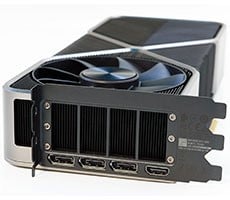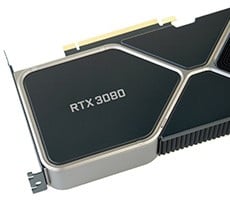AMD Radeon HD 6970 & 6950 Debut: Enter Cayman

|
|
|
|
|
Metro 2033 is your basic post-apocalyptic first person shooter game with a few rather unconventional twists. Unlike most FPS titles, there is no health meter to measure your level of ailment, but rather you’re left to deal with life, or lack there-of more akin to the real world with blood spatter on your visor and your heart rate and respiration level as indicators. The game is loosely based on a novel by Russian Author Dmitry Glukhovsky. Metro 2003 boasts some of the best 3D visuals on the PC platform currently including a DX11 rendering mode that makes use of advanced depth of field effects and character model tessellation for increased realism. This title also supports NVIDIA PhysX technology for impressive in-game physics effects. We tested the game resolutions of 1920x1200 and 2560x1600 with 4X anti-aliasing and in-game image quality options set to thei High Quality mode, with DOF effects disabled. |

Metro 2033 shows us a lot of things. First, in this game the Radeon HD 6970 and 6950 end up being somewhat faster than the GeForce GTX 570. What's more interesting though is what happens to the cards equipped with 1GB frame buffers at the higher resolution. The Radeon HD 5870, 5970, and 6870 completely tank here when tested at 2560x1600, while the other cards are able to maintain decent framerates. In all fairness, this could be a drive bug, but it's possible the 1GB frame buffers aren't large enough to meet Metro 2033's needs at such a high resolution with AA enabled, whereas the 2GB Radeon card have some breathing room.








